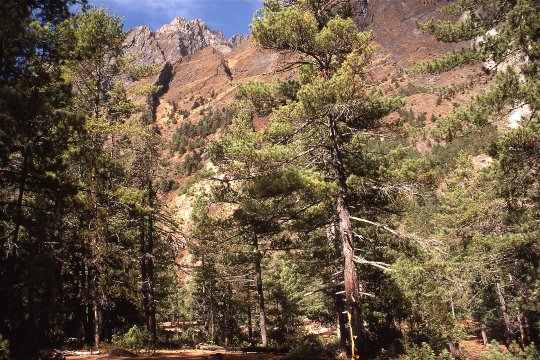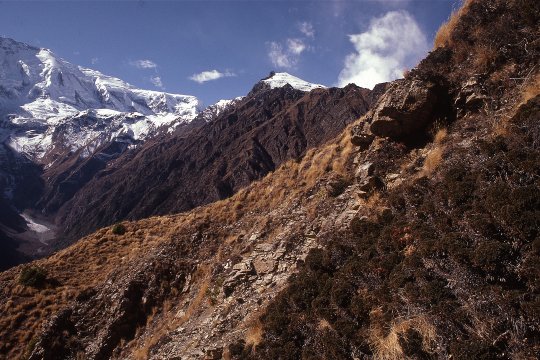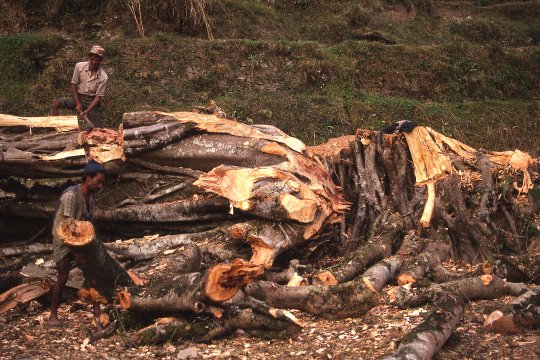|
John Tyman's Cultures in Context Series NEPAL ENVIRONMENT |
|
|
|
|
|
John Tyman's Cultures in Context Series NEPAL ENVIRONMENT |
|
|
|
|
 |
| 030. Next came a zone of coniferous evergreen forest. (Near Pisang) |
 |
| 031. This, in turn, was replaced by a sub-alpine scrub of stunted trees and bushes fashioned by low temperatures and strong winds. (Scrub-tundra transition near above Manang) |
 |
| 038. Elsewhere even large trees have been tuned into firewood, for cooking and heating. (At Kaski, west of Pokhara) |

![]()
Text, photos and recordings
by John Tyman
Intended for Educational Use
Only.
Contact Dr. John Tyman at johntyman2@gmail.com
for more information regarding
licensing.
![]()
www.hillmanweb.com
Photo processing, Web page layout,
formatting and hosting by
William
Hillman ~ Brandon, Manitoba ~ Canada